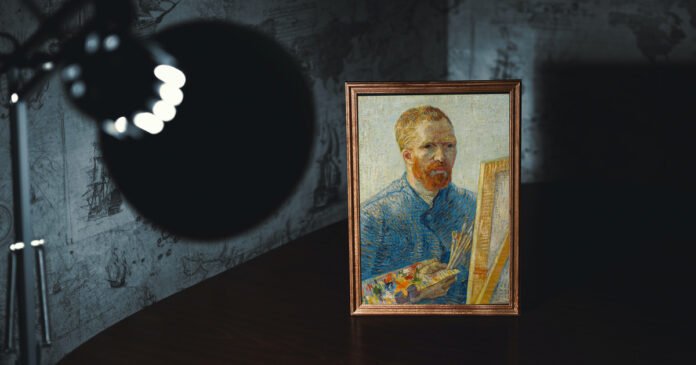Art as a commodity. Some people will be offended by this very formulation. Putting the beautiful, the reasonable and the eternal on the same level as stocks and real estate is seen by some as blasphemy. Although everyone understands that paintings and sculptures cost money and there is nothing wrong with paying for them. Or make money with them.
Where does this paradox come from? Perhaps the image of modern art is to blame: the average citizen associates it with the complexity of understanding and with the astronomical sums that circulate in the art market. This is a characteristic of modernity, because the art market has not always been like this.
Or more precisely, it wasn’t always there.
“What kind of market is this? Fair or what? – they would have asked you about four hundred years ago. However, then I would hardly have found a specialized art fair. As for galleries and auctions, there was no trace of them. The largest trading houses, Sotheby’s and Christie’s, were born only in the 18th century, and then the first began with books, and the second with foreign products.
Where did buyers look for paintings then? Naturally, we went to the artist’s studio. Lucky ones! I still advise everyone not to miss this opportunity, which is rare these days. At that time this was common; In addition, the artists painted most of the works to order, following detailed instructions. Not “that’s how I see it”, but “the customer is always right”. Your ideas? Artists were only able to dedicate themselves to them later, with the arrival of patrons of the arts. Wealthy patrons became the author’s only clients, and that was good. Painters were finally able to create without taking into account the demands of the guilds (the Union of Artists of the USSR could not even dream of the discipline that reigned in them), the authorities, the church and the public. And this, by the way, brought art closer to the people; It is paradoxical, but true.
Holland went its own way. After the bourgeois revolution at the beginning of the 17th century, artists lost their main clients: the Church and the Spanish aristocracy. The Dutch masters began to paint for the nouveau riche, the rich bourgeois, and offered them works openly, en masse and not at an expensive price. Professional merchants could no longer help but appear here, with or without their own shops. Some even traded through newspaper ads, much like we do in online marketplaces today. And yes, sending paintings by mail was also in the order of things: that’s exactly how Peter the Great ordered them.

